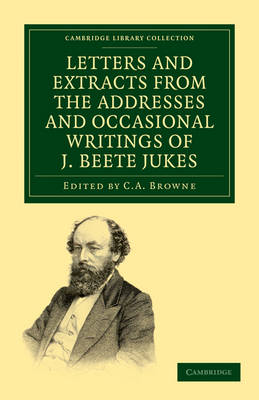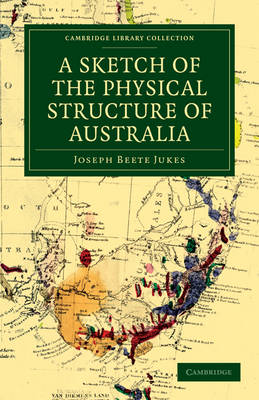Cambridge Library Collection - Earth Science
2 total works
The geologist Joseph Beete Jukes (1811–1869) studied at Cambridge under Adam Sedgwick (1785–1873). Between 1839 and 1846, he participated in expeditions to the coasts of Newfoundland, Australia and New Guinea. This posthumous book, edited by Jukes' sister and published in 1871, contains selected highlights from Jukes' professional and personal writings. After a short biographical sketch, the material is arranged chronologically, beginning with Newfoundland and Australia and then focusing on Britain and Ireland, where Jukes was involved with national geological surveys. Linking passages by the editor explain the contexts of the pieces, and the book includes a list of Jukes' publications. Jukes lived during an exciting period that saw far-reaching discoveries and advances in his field, and his energy and enthusiasm permeates even his technical communications. Modern readers, like the original audience, will form a vivid impression of Jukes' lively personality, his 'penetrating glance and his sturdy step'.
The geologist Joseph Beete Jukes (1811–1869) studied at Cambridge under Adam Sedgwick (1785–1873). In 1841, having already gained field experience in England and Newfoundland, he joined the H.M.S. Fly as a naturalist for an upcoming four-year expedition to chart the coasts of Australia and New Guinea. In 1847, he published a two-volume Narrative of the Surveying Voyage of H.M.S. Fly (also reissued in this series). That was followed in 1850 by this pioneering study of the geology of Australia, which drew on Jukes' own observations as well as on some earlier work. It describes features including the mountains along the East coast, raised beaches, alluvial plains and the Great Barrier Reef, and rock types from limestone and sandstone to granite and lava. The book made an important contribution to the scientific literature on Australia at a time when that continent was still largely unknown to European scholars.

